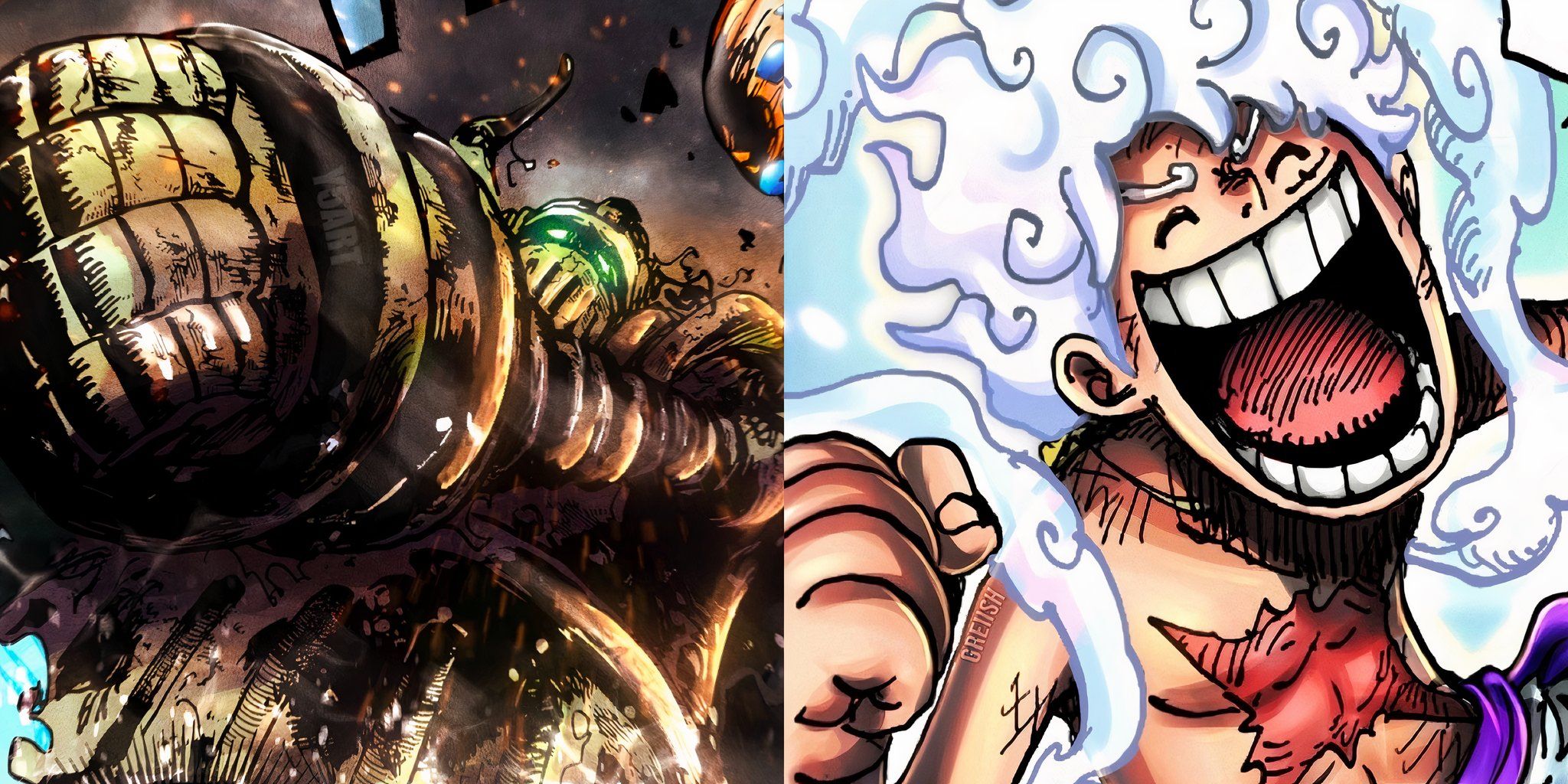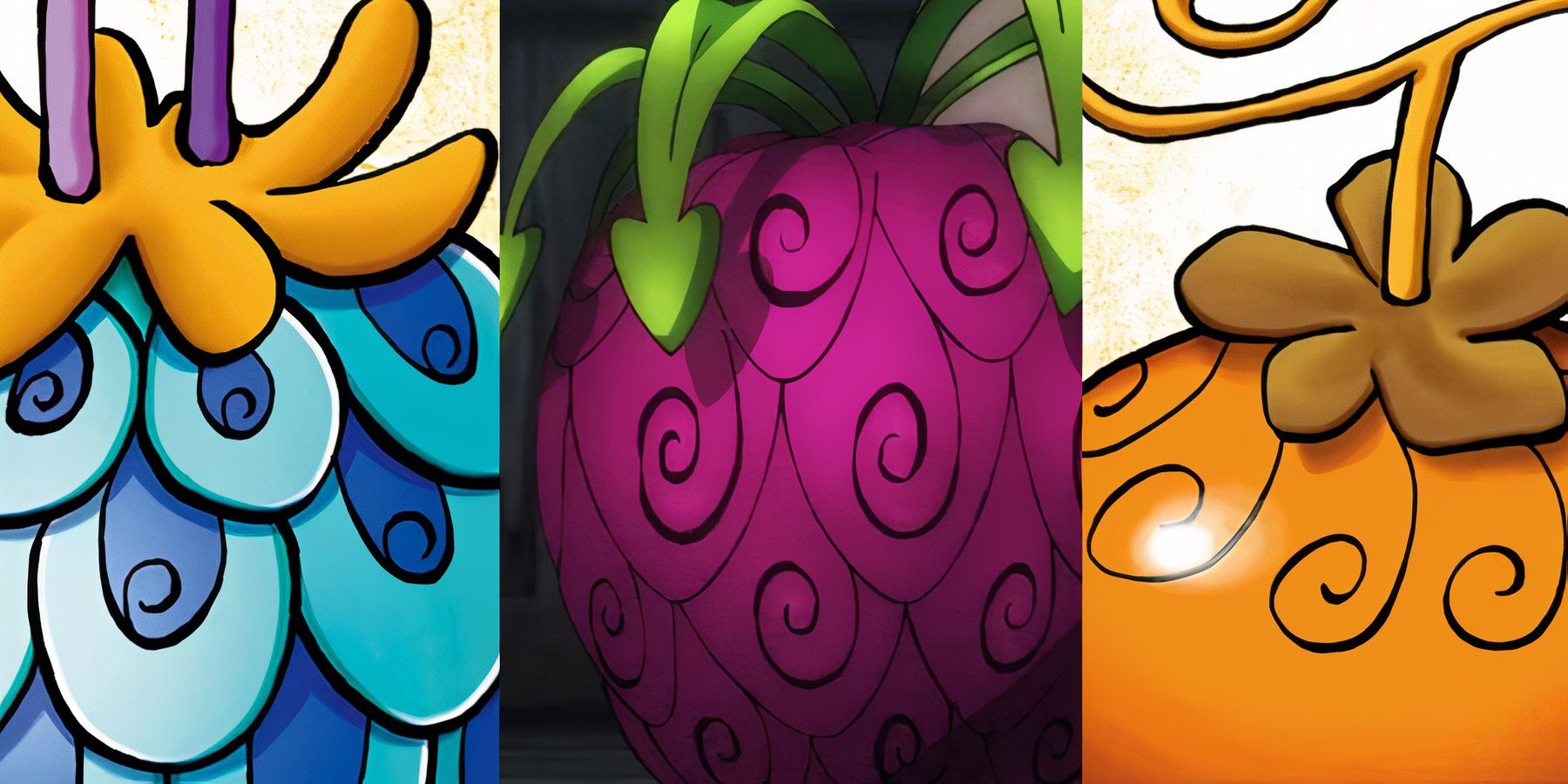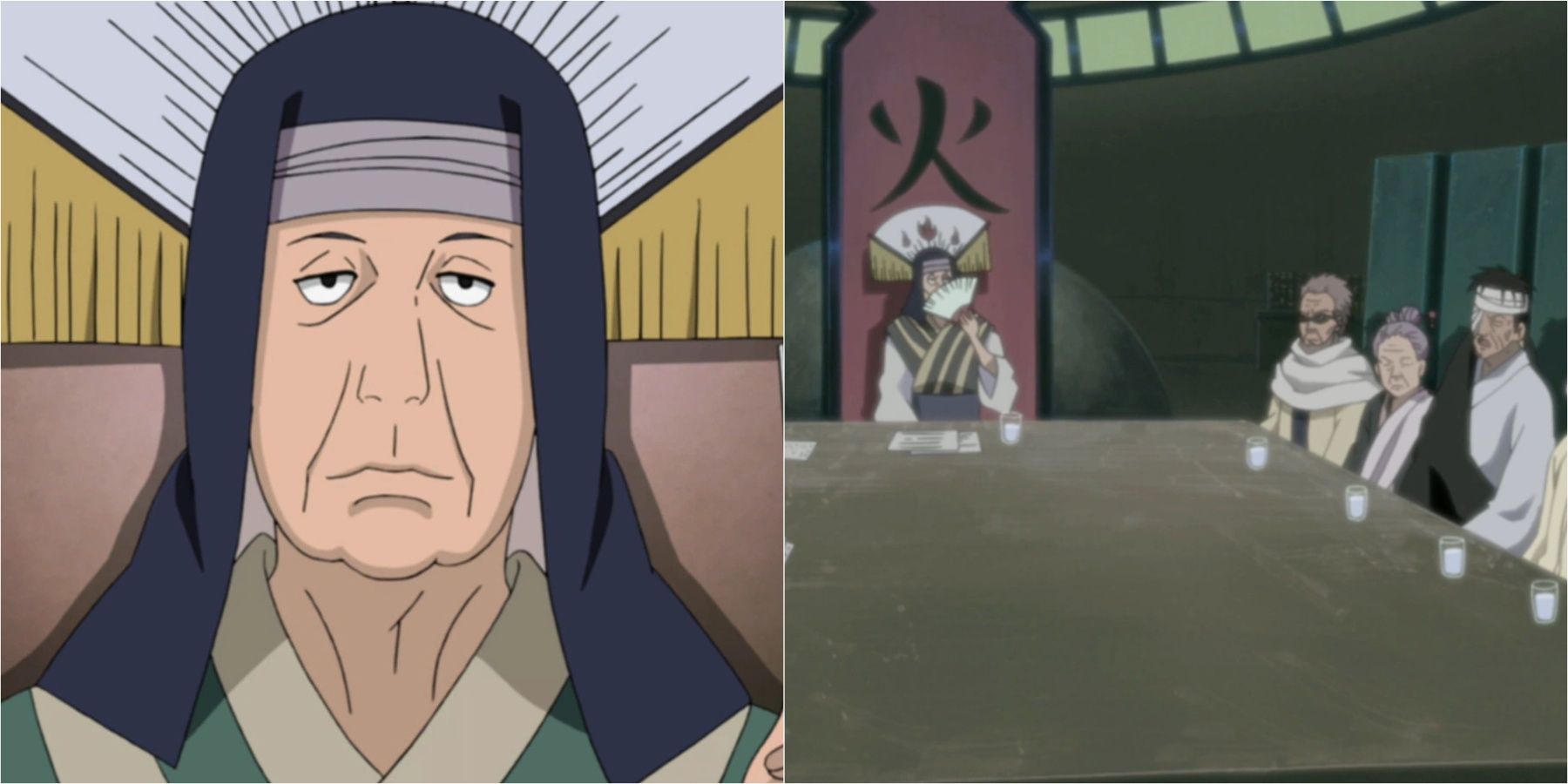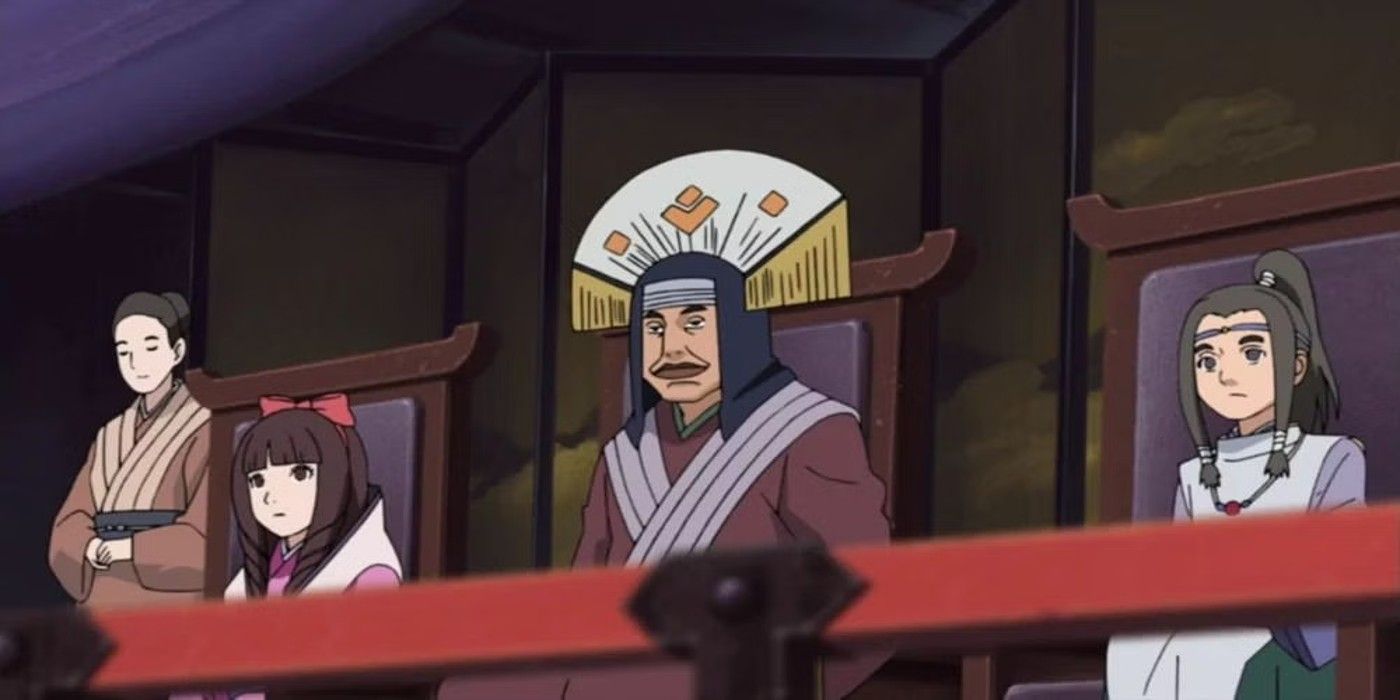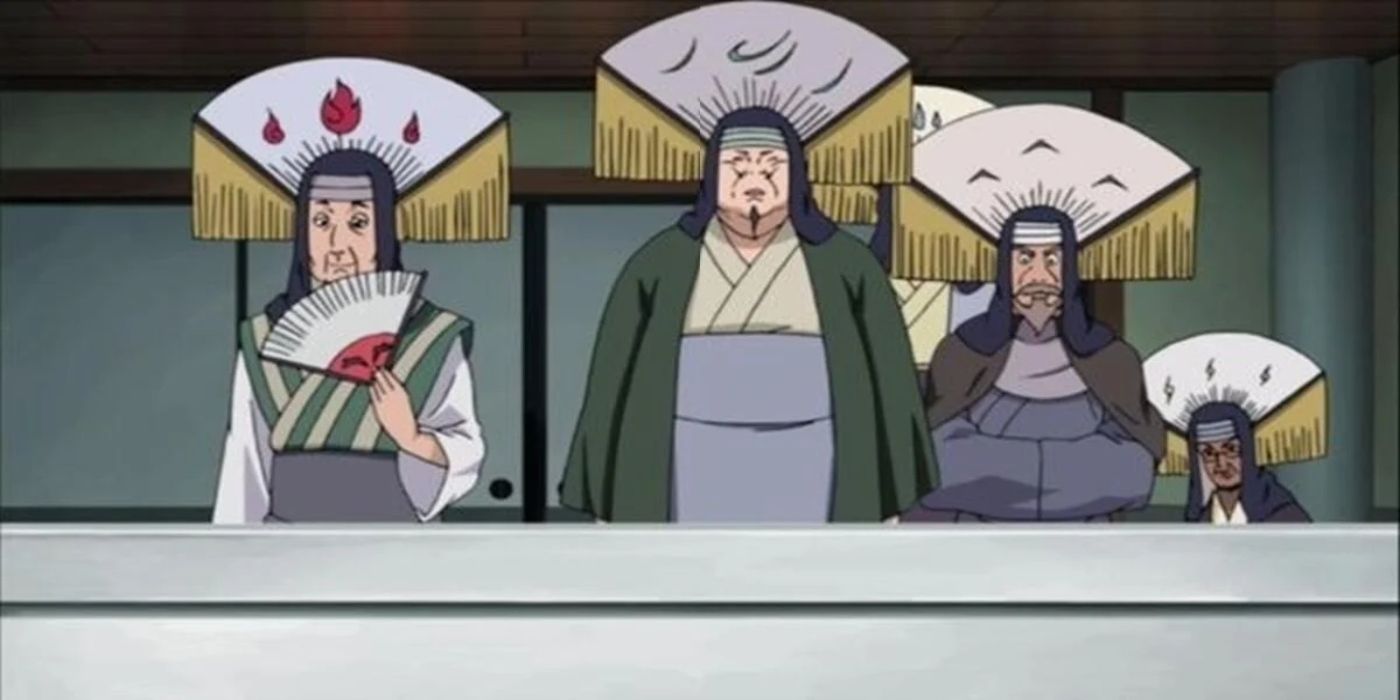Being a long-running shonen anime, the Naruto series underwent several changes to some of its core concepts over the course of its run. Minor changes and retcons are a common occurrence in most anime, though the loss of a more significant aspect of a series is certainly rare. The concept of the ruling Daimyo is one such element of Naruto that was eventually given the backseat, despite the initial buildup and significance.
The events in Shippuden propagate the notion of Kage being in complete control of their respective nations, with no other authority to question their decisions. However, part 1 seemed to present a contrary notion, one where the final governing authority rests in the hands of the Daimyo of each nation. These feudal lords were presented as all-powerful political rulers that even the Kage bowed down to, though this portrayal was later retracted for the sake of the narrative.
Who Are the Daimyo?
Daimyo is a term used for the ruling feudal lords of each nation, and its meaning runs synonymous with nobility. These nobles are the political leaders of their respective countries, holding utmost authority in regards to the matters of their states. Their jurisdiction is further extended to the shinobi villages located within their nations, meaning the Daimyo has complete authority over the affairs of these hidden villages.
Since the anime is set in the Land of Fire, the Fire Daimyo has made several appearances, each time exercising his authority over the Hidden Leaf Village by appointing the next Hokage. This establishes the Daimyo as a figure above the Kage, meaning these feudal lords are undoubtedly the most powerful individuals in the entire series, albeit only politically.
The system of the ruling Daimyo is akin to the concept of monarchy, as one noble controls an entire nation solely due to their bloodline. While these rulers do hold complete power over their nations and respective shinobi villages, they don’t necessarily have the most popularity in the public eye. A prime example would be the Hidden Sand’s allegiance with Orochimaru after the Wind Daimyo cut funding to the village. However, acts of rebellion are rare considering the authority and power these figures hold.
The Initial Significance of the Ruling Daimyo
The feudal lords were initially presented with an air of mystery surrounding them, depicting their significance and authority through the guise of secrecy. The Fire Daimyo’s presence was cemented by his involvement in several key decisions of the Hidden Leaf’s fate, such as the appointment of the next Hokage. A few wars and conflicts between shinobi villages have also been confirmed to be caused by minor squabbles between Daimyo of different nations.
This indicates that shinobi villages have no other choice but to obey their respective Daimyo, as their orders are final and cannot be overridden. Since the nations are responsible for funding their respective shinobi villages, it adds up to how the Daimyo would have such power over their internal affairs. However, going to war over their trivial conflicts and doing the Daimyo’s dirty work seems to indicate that these ruling elites hold a lot more power than one might think.
The Daimyo’s power has been witnessed a few times, where they established themselves as actual figures with authority. In Naruto Shippuden the Movie: The Will of Fire, the Fire Daimyo threatens the Hidden Leaf Village with destruction after a rogue ninja from the Leaf declares war on the Five Great Nations. While this may not be canon in the Naruto series, the Wind Daimyo’s actions of cutting down the Hidden Sand’s funding and resisting their attempts at a coup d'etat seems to accurately present the image of Daimyo supremacy.
How the Daimyo Lost Their Authority
By Shippuden, the Daimyo had lost their initial profundity and had turned into mere figureheads for their respective nations. Moreover, every instance of screen time that these feudal lords received portrayed them as incompetent rulers. This is especially true for the Fire Daimyo, an indecisive leader that is easily swayed by the opinion of others. His weak nature is what led to Danzo forcibly becoming the Sixth Hokage candidate. The respect for the feudal lords was never the same as it was during the initial parts of the series, deeming them as incompetent figureheads detached from reality. The Kage eventually took center stage and negated the role of the Daimyo in the decision-making process for their respective villages.
The Daimyo made another appearance while deciding on the initiation of an alliance between the Five Great Nations. However, their role in the decision seemed rather irrelevant as the five Kage had already decided on coming together to fight off the impending threat. Moreover, the sheer number of shinobi participating in the war questioned the power of the ruling Daimyo, as the war portrayed each shinobi village as a powerhouse with colossal armies. Overall, the events in Shippuden revealed the discrepancies in the concept of the ruling Daimyo, stripping them of any significance they initially had in the Naruto series and sidelining them entirely.

